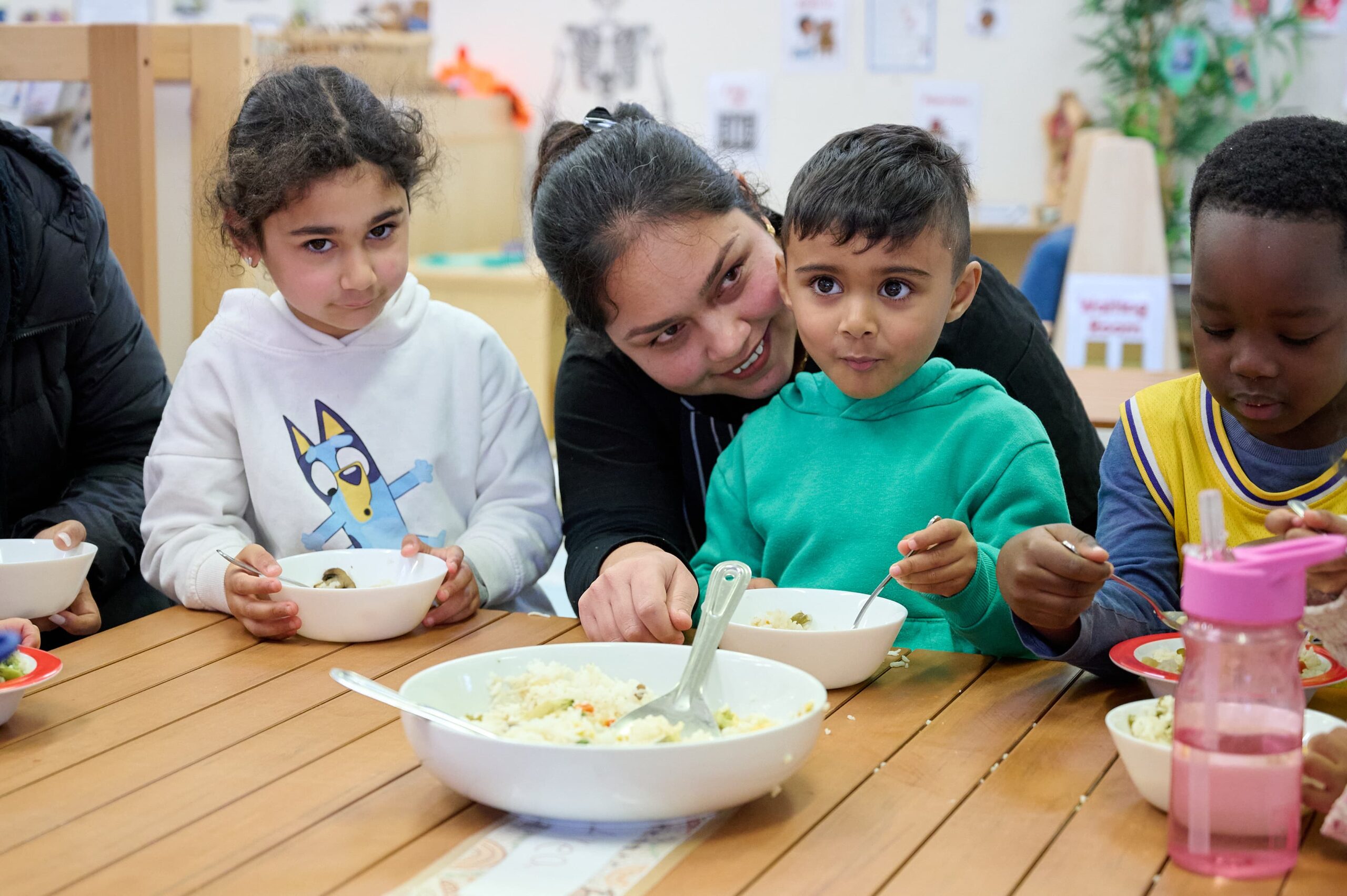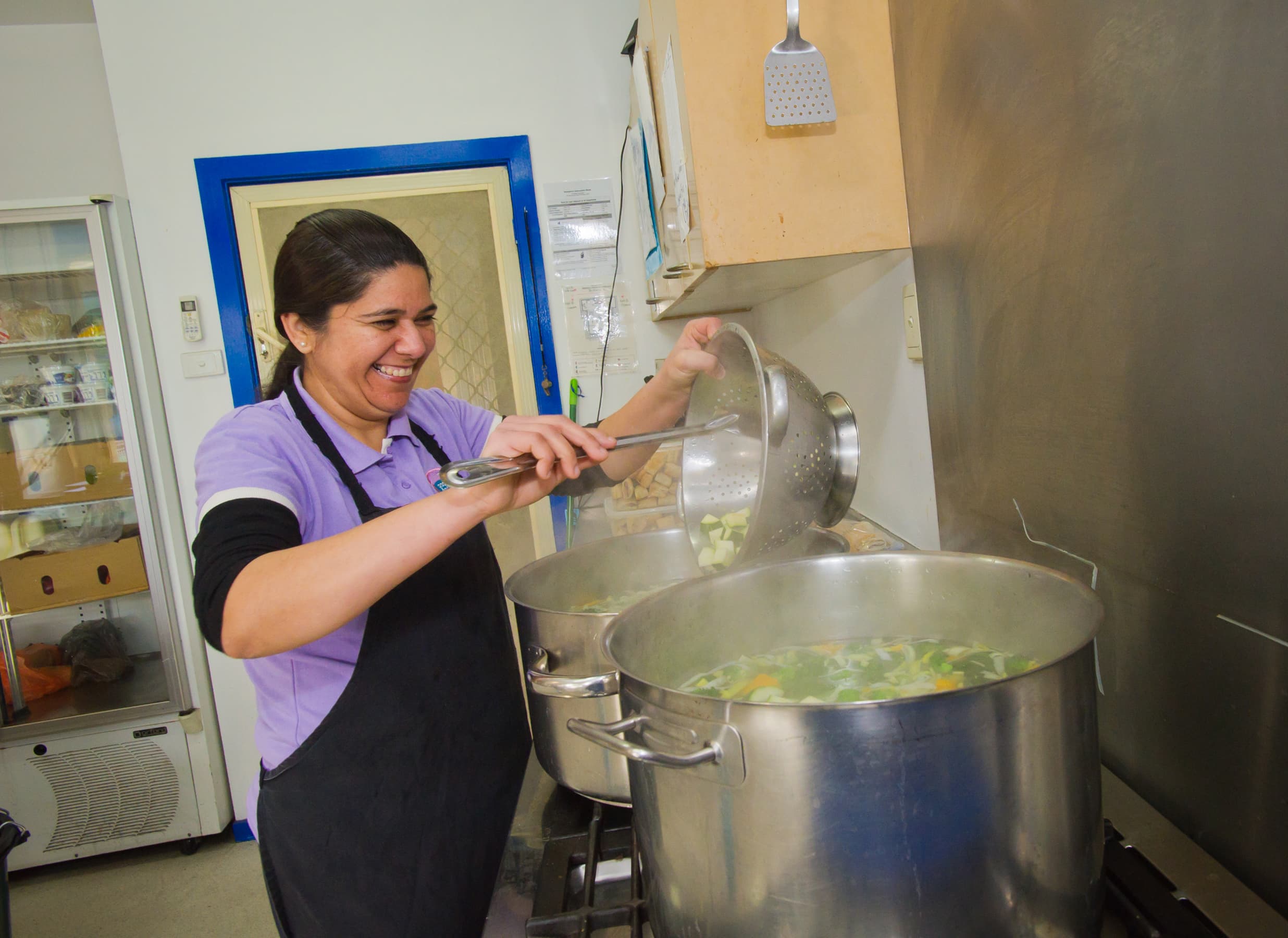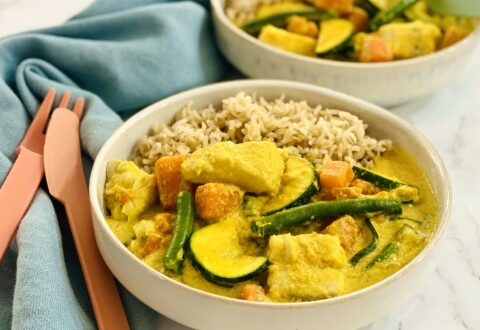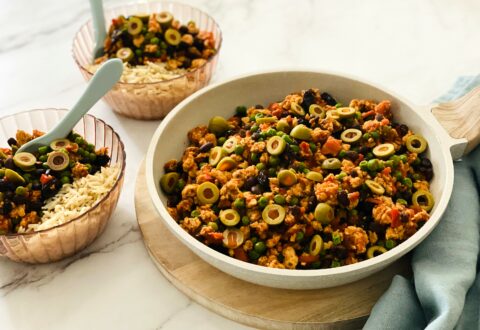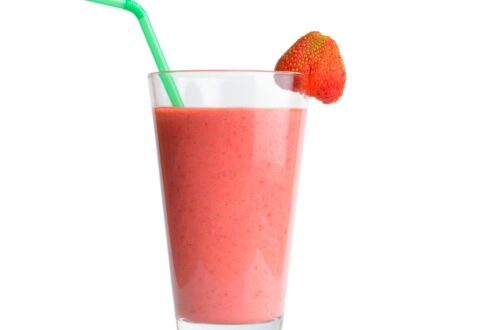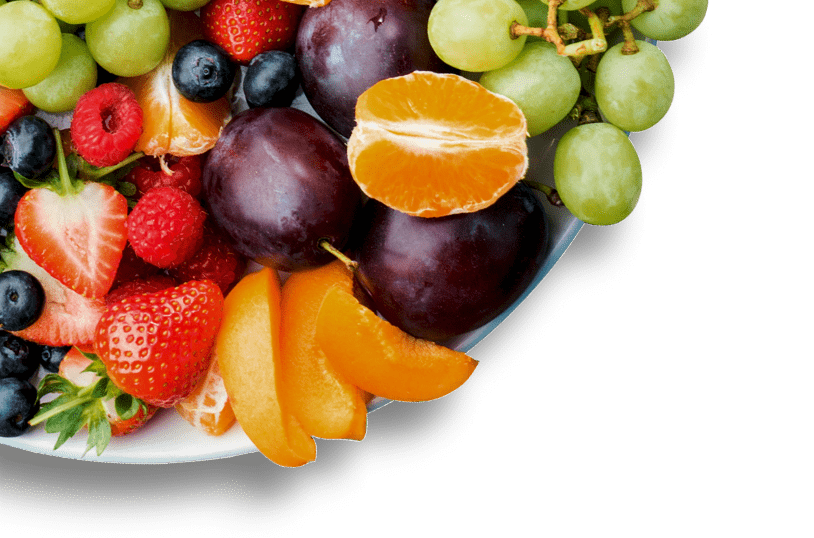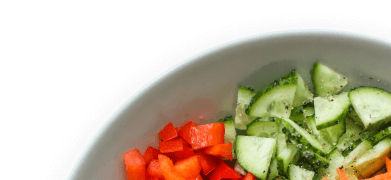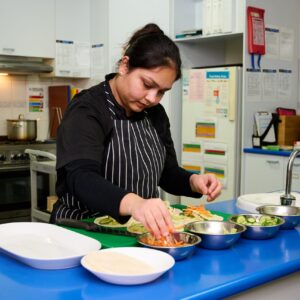Menu planning for vegetarian and vegan diets
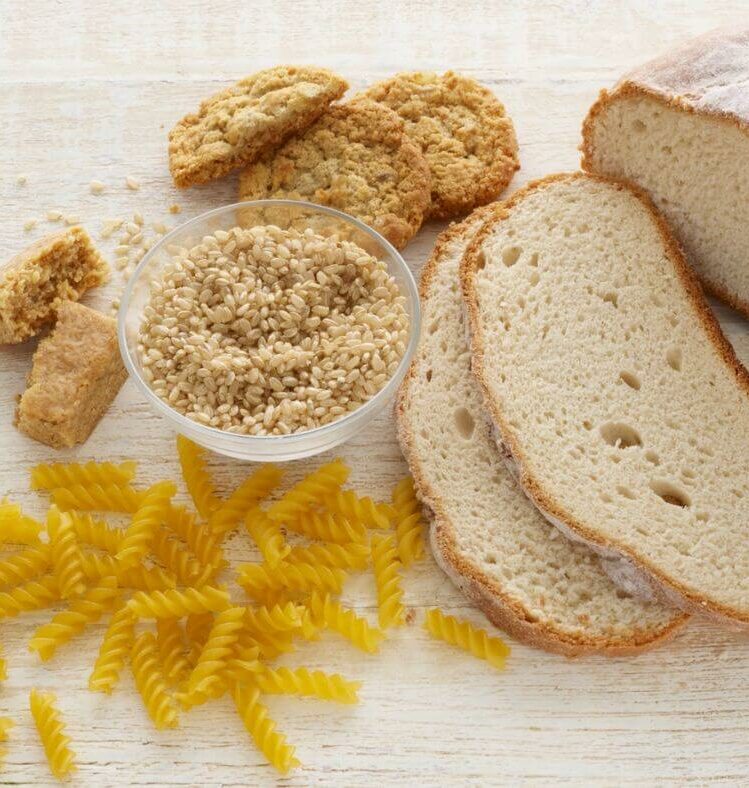
This resource is available as a downloadable file in following languages:
The information presented in this resource is intended as a guide only. Cooks preparing food at a long day care centre should speak with a child’s parents or carers about specific dietary requirements and customs.
Providing food and drinks to children requiring vegetarian or vegan meals
This fact sheet is for cooks and chefs working in children’s education and care.
For more information about preparing and serving food for children who require a vegetarian or vegan diet, complete the Healthy Eating Advisory Service course Managing allergies and other dietary requirements in children’s education and care.
You will find a micro-module specific to managing other dietary requirements and preferences, including kosher and halal, within this course
What does a vegetarian or vegan diet look like
There are different types of vegetarian diets, which all prioritise foods that come from plants.
A vegetarian diet will also limit or exclude foods from animals.
People choose to follow a vegetarian diet for a range of reasons including religious, ethical, and environmental considerations.
| Vegetarian | Vegan |
|---|---|
| Vegetarian diets exclude one or more of the following foods derived from animals. • Meat • Poultry • Fish and other seafood • Eggs • Dairy foods | A vegan diet is the most restrictive and excludes all animal products, including dairy foods and eggs. |
Planning meals for vegetarian and vegan diets.
Replacing animal products on your menu
Many foods that are excluded in vegetarian or vegan diets contain important nutrients needed for a child’s growth and development.
Below is a list of suggested protein replacements to use for children who are vegetarian or vegan. Remember to check with the child’s parents or carers which foods they cannot have.
Children who follow a vegan or vegetarian diet must be provided with suitable alternatives to ensure they receive enough nutrition.
| Type of vegetarian diet | Suggested replacement |
|---|---|
| Vegetarian – no red meat, chicken | • Fish, salmon, tuna • Eggs • Tofu • Tempeh • Textured vegetable protein • Lentils • Chickpeas, hummus • Legumes – kidney beans, butter beans, cannellini beans |
| Vegetarian – no red meat, chicken, fish | • Eggs • Tofu • Tempeh • Textured vegetable protein • Lentils • Chickpeas, hummus • Legumes – kidney beans, butter beans, cannellini beans |
| Vegetarian – no red meat, chicken, fish, or eggs | • Tofu • Tempeh • Textured vegetable protein • Lentils • Chickpeas, hummus • Legumes – kidney beans, butter beans, cannellini beans |
| Vegan – no red meat, chicken, fish, eggs, or dairy | • Tofu • Tempeh • Textured vegetable protein • Lentils • Chickpeas, hummus • Legumes – kidney beans, butter beans, cannellini beans • Plant based milk, such as soy milk - calcium fortified • Plant based yoghurt, such as soy yoghurt - calcium fortified |
When choosing a plant-based milk, or yoghurt, alternative, it’s important to pick one with similar nutrition to cow’s milk. Calcium fortified soy milk has similar nutrition to cow’s milk.
How to change recipes
The following examples demonstrate how common recipes can be changed for children requiring a vegetarian or vegan meal.
Remember to always check for other food allergies, intolerances, and dietary requirements when replacing ingredients.
The recipes and suggested modifications are intended as a guide only. It is important to check with the child’s parents or carers which foods are appropriate to serve.
When a separate meal is required, remember to make meals for children with allergies look like meal served to the rest of the children. This way, children with allergies will feel included at mealtimes.
It is important not to remove or exclude animal and animal products for children who are not following a vegetarian or vegan diet.
| Recipe | Suggested modification | Suggested recipe |
|---|---|---|
| Chicken Curry | For vegetarian, follow the one recipe, using two pots, then: • make one pot with tofu or chickpeas, and • for a non-vegetarian option, make another pot with chicken or other meat. | Lubya – Afghan Kidney Bean Curry |
| Spaghetti Bolognese | For vegetarian, follow the one recipe, using two pots, then: • make one pot with kidney beans and lentils/ chickpeas or textured vegetable protein (TVP), and • for a non-vegetarian option make another pot with beef and/or pork mince. | Vegetarian Lentil Bolognese (vegetarian) Vegan Lentil Bolognese (vegan) |
| Chilli con carne | For a vegetarian, follow the one recipe, using two pots, then: • make one pot with kidney beans and lentils/ chickpeas or textured vegetable protein (TVP), and • for a non-vegetarian option make another pot with beef and/or pork mince. | Vegetarian chilli con carne (vegetarian) |
| Pork fried rice | For vegetarian, follow the one recipe, then: • prepare and cook all ingredients, except the pork • serve the number of portions required for those who are vegetarian or vegan • for the children who cannot have pork, use tofu as a protein replacement, then • prepare the pork last, for the children who can eat it. | Vegetarian Fried Rice (vegetarian) Vegan Biryani (vegan) |
| Beef lasagne | Prepare a separate lasagne for the children who are vegetarian or vegan • replace mince with brown lentils • include plenty of vegetables • freeze leftover portions, labelled, in the freezer | Vegetarian lasagne (vegetarian) |
| Meatballs | Swap meatballs for a vegetarian alternative all the children will love • made with chickpeas and herbs • replace egg with egg replacer for a vegan alternative | Falafel balls with tzatziki dip (vegetarian) |
TIP:
For more recipe ideas, visit the Healthy Eating Advisory Service recipe collection.
Additional tips
| Split the meal | To avoid making 2 separate meals, use a base recipe that can be used for both children who are vegetarian/ vegan, and children who are not. For example, Bolognese can be split between 2 pots: mince in one, and lentils in the other |
| Add the dairy last | If your recipe needs cheese or yoghurt, such as grated cheese on pasta or Greek yoghurt on a curry, add this last for the children who can have dairy. For children who are vegan and can’t have dairy, use soy Greek yoghurt as an alternative. |
More helpful resources and information
For more information about preparing and serving food for children who require a vegetarian or vegan diet, see the Healthy Eating Advisory Service course Managing allergies and other dietary requirements in children’s education and care.
You will find a micro-module specific to managing other dietary requirements, including vegan and vegetarian, within this course.
Further information and support
Healthy Eating Advisory Service:
- Early childhood services
- Recipes
- Menu planning guidelines for long day care
- Online module: other dietary requirements and preferences
For more information please phone 1300 22 52 88 or email heas@nnf.org.au
Except where otherwise indicated, the images in this document show models and illustrative settings only, and do not necessarily depict actual services, facilities or recipients of services. This document may contain images of deceased Aboriginal and Torres Strait Islander peoples. In this document, ‘Aboriginal’ refers to both Aboriginal and Torres Strait Islander people. ‘Indigenous’ or ‘Koori/Koorie’ is retained when part of the title of a report, program or quotation. Copyright © State of Victoria 2016
Written and reviewed by dietitians and nutritionists at National Nutrition Foundation, with support from the Victorian Government.

Featured Recipes
Explore all recipes
Register your interest
"*" indicates required fields

